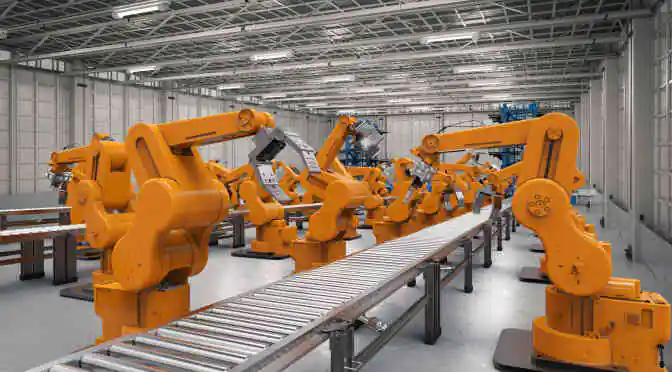Smart robots and the applications of artificial intelligence — a breakthrough or a pitfall for humans? Media headlines stating “Smart Robots to Wipe Out Human Jobs in the Next Couple of Decades or Even Less” can be alarming. However, when we deep dive into this topic, experts are divided — some say that automation technology could be a door opener to a whole new world while others say it could be the apocalypse of humankind. Why these differences in opinion? Is it because no one can really foresee the exact amount of jobs that smart robots and artificial intelligence will take over from humans, or is it because this modern technology can possibly create many new jobs, and no one can really predict how many?
What’s happening on the robotics front? A sneak peek into the global smart robots market
Technavio’s latest research on the global smart robots market, a segment of the robotics industry, forecast a massive CAGR of 32% for the market during the period 2018-2022. In recent years, the market has witnessed an increasing demand for personal robots. These smart robots come in various categories such as domestic help, pet robots, automated wheelchairs, security robots, etc. However, the market share of the personal robots segment is expected to decline by more than 10% due to the burgeoning growth of collaborative robots, also known as cobots.
Here are some of the different types of robots by the biggest players in the smart robots market:
ABB
ABB has introduced the IRB 14050 single-arm YuMi, the latest addition to the YuMi family line. It is a collaborative robot that can work alongside people and can easily be integrated into any production lines. It has a lightweight design (less than 10kg) and thus offers flexibility and ease of installation.
FANUC
FANUC has introduced the CR-35iA, its first collaborative robot able to lift a 35 kg payload, offering a wide range of safety features and benefits. The robot can work alongside humans without a safety fence and can perform heavy lifting and positioning tasks with ease.
Market share of the personal robots segment is expected to decline by more than 10% due to the burgeoning growth of collaborative robots, also known as ‘cobots.’
SoftBank Group
SoftBank’s latest addition is Pepper, who is not a robot used for domestic help, but is a humanoid robot designed to make people happy. The robot can identify emotions and provide the right content at the right time.
Learn more about what’s trending in the global smart robots market: Get your free sample today!
What lies ahead? Who controls the AI?
The way we work has gone through a colossal transformation as technology continues to evolve with time and robots are becoming smarter every day. In fact, if we allow ourselves a reality check, we see some jobs such as courier services, retail assistants, fast food workers, truck drivers, and security services been captured gradually by robots. Experts label smart robots and artificial intelligence as an “industrial revolution,” thus stirring the uprising fear of people losing their jobs over these tools.
What we might be failing to do is bridge the skill gap between human workers and these robots, especially the low-wage workers. But is that the ultimate answer? Do we have a clear technology roadmap? Do we have the solutions in place to stop AI from becoming dangerous? Who controls the AI? The answers to all these questions are very ambiguous at present but maybe there is no ultimate solution yet. Where does that leave you and me?
Read Technavio’s Top 21 Companies in the Industrial Robotics Market



